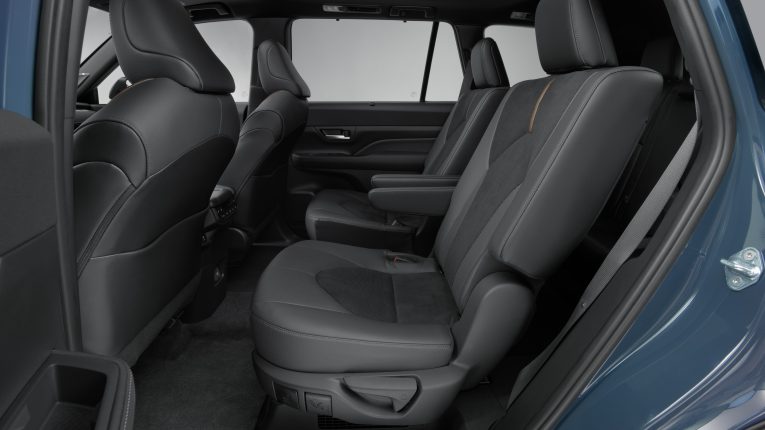
Are You Breathing Clean Air in Your Car?
Cabin air filters became standard on most cars and light trucks around the turn of the millennium. This extra piece of equipment helps to keep the air inside your passenger compartment clean by filtering dust, pollen, and other pollutants. However, it must be replaced regularly to work correctly. Here’s what you need to know about how to keep the air inside your car clean and healthy.
Signs of a Dirty or Clogged Cabin Air Filter
A dirty cabin air filter can cause air quality problems. Unfortunately, many people are unsure about how often to replace car air filter components.
If your heating and cooling system is not working correctly, there is a good chance that a clogged cabin air filter is to blame. This could mean several things, such as:
• Poor airflow from the vents, resulting in poor system performance
• Strange fan noises when you turn the system on
• Unusual odors coming from the vents when the heat or a/c is running
Another possible sign of a clogged air filter is ice or fog on the interior windows. This generally happens when water molecules cling to dirt particles on dirty windows. The dirt accumulation is often associated with poor cabin air quality. As a note, this may also happen if you routinely smoke inside your car or leave the windows open where dust and pollen can get inside.
DIY vs. Professional Replacement
Unlike a suspension replacement that requires fairly in-depth automotive knowledge, virtually any car owner can change an air filter. However, that doesn’t mean that you should. It’s a good idea to consider the pros and cons of DIY vs. professional replacement.
DIY Pros and Cons
A DIY replacement is usually straightforward and a lot more affordable than having it done in the shop. Many people can have the swap completed in just a few minutes. That makes it a convenient maintenance item to do at home in your spare time.
Many cabin air filters are located inside the dash somewhere near the glove box. In most cars, you will need to remove the glove box to access the filter. This is usually pretty simple, but it may require getting on the floor of your car.
• Pros: low cost, less downtime, convenient scheduling
• Cons: have to find the right parts, filter may be difficult to access
Professional Pros and Cons
If you are unsure about doing a DIY filter change, there are pros and cons to having a pro handle this task. For example, you may pay more to have someone else do the job, but you don’t have to worry about getting the right parts or climbing onto the floor of your car.
Pros: no need to find parts, technicians know exactly how to replace the filter, record keeping is done for you
Cons: more expensive, harder to schedule, possible loss of use of your vehicle while it’s in the shop
Regular maintenance helps keep your car running great. Shop online for all the parts you need for high-quality parts for everything from changing your air filters to complete rack and pinion replacement.









